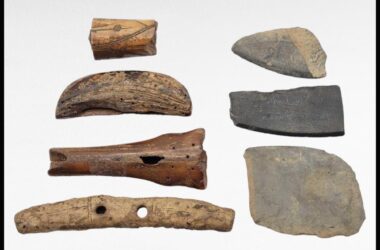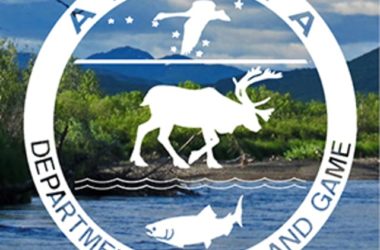In October the Alaska Department of Transportation and Public Facilities committed to reduce salt brine usage on peninsula roads this winter, as well as to perform a full, year-long literature analysis and review of brine policy and procedures. Last week the DOT provided an update how it is making good on the first part of that commitment by identifying on which roads they will continue to apply brine, and which roads they will use sand and gravel only.
In a social media post addressed to Soldotna, the department stated, “Hey Soldotna! You’ve spoken about your concerns with the use of salt brine in winter maintenance, and we’ve listened. This winter we’ve committed to limiting the use of brine to higher-speed roads, with a target of a 40% reduction in the use of brine overall.”
According to the post, maintenance and operations will continue the use of brine on what the state identifies as Priority 1 and 2 roads, and treat Priority 3 and 4 roads on the peninsula with sand and solid salt.
On the DOT website, Priority 1 and 2 roads are identified as “high-volume, high-speed highways, expressways, minor highways, all safety corridors and other major urban and community routes” (P1), and “routes of lesser priority based on traffic volume, speeds and uses. Typically, these are major highways and arterials connecting communities” (P2). At this time the department says they are unable to eliminate brine treatment on these roads this season and continue to their maintenance to an “appropriate level of service and safety with current equipment and staffing.”
Priority 3 & 4, “lower speed” are classified by the DOT as “major local roads or collector roads located in larger urban communities” (P3), and “minor local roads that provide residential or recreational access” (P4).
As for the brine literature review, DOT legislative liaison, Andy Mills, who has been the department’s primary point of contact for the Kenai Peninsula on the issue of salt brine usage, spoke to KSRM in a phone interview about the review’s current status.
“The literature review will encompass a number of aspects, but we’re leaning obviously on what is the operational data out there on effectiveness and efficiency in use,” said Mills.
Mills was part of the Assembly meeting in August where the issue of brine use was brought up by auto shop owners and operators. At that time Mills committed to the DOT brine review.
According to Mills, the review encompasses not only the maintenance and operation practices and procedures, but investigating the science of brine and brine alternatives. “Our research folks who have a very specific eye [are] looking at data-driven scientific studies and seeing what is the latest literature out there.”
Mills said the department is utilizing resources provided by the American Association of State Highway and Transportation Officials and the Western Association of State Highway Transportation Officials. “They have groups they work with that are specific to public works and road clearing, maintenance and operations. So there’s actually quite a bit of literature out there from the manufacturing side.”
Whether or not the literature review and analysis will yield definitive changes to winter road maintenance on the peninsula is yet to be determined, but Mills says the department is actively working on the issue. For now though, the DOT is reducing brine usage as requested by eliminating its treatment from Priority 3 & 4 roads on the Kenai.






